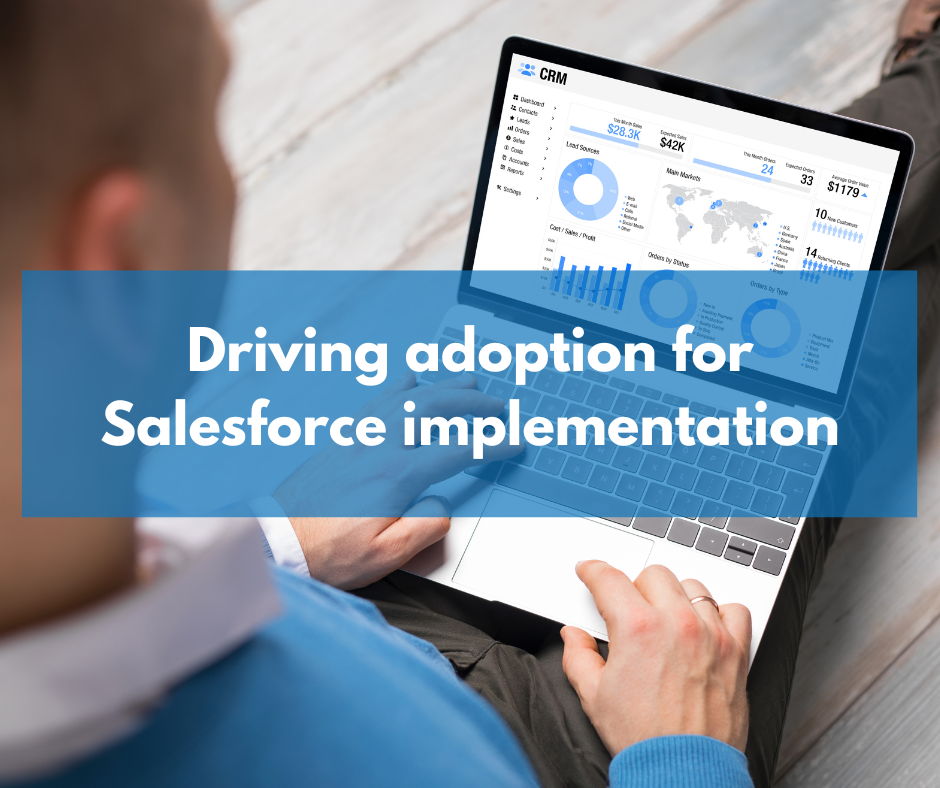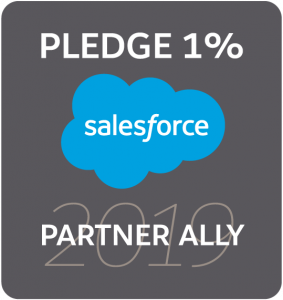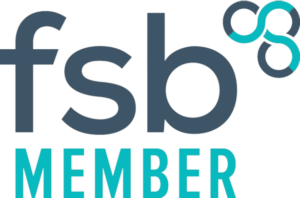Driving adoption for Salesforce implementation

When considering the implementation of a CRM solution such as Salesforce, it’s essential to have all areas of the organisation embrace the software to truly experience positive growth. As a Salesforce implementation consultancy, we’ve witnessed businesses taking the time to get set up on a new CRM only for the team to not feel comfortable utilising it.
As humans, change can often feel unnatural. And we get it. With roles already established and team members doing things in the way they are used to, it can be daunting to shift and introduce new processes – not to mention a shiny new CRM that requires continuous data input and nurturing.
Just like a new CRM system needs nurturing though, the team who will be using it does too. This is important to ensure they understand and recognise the need for this change. Particularly in the stages before adoption of Salesforce, considered the world’s number one CRM platform, developing an adoption strategy is crucial. An effective adoption strategy can motivate users throughout the process. This in turn then provides your team and your new system a great chance of success.
In our experience of implementing Salesforce CRM systems for businesses, we have discovered a variety of techniques that can help drive positive user adoption.
Get users involved from the very beginning
Adapting to change takes time, and so team members who will be expected to utilise the impending CRM will require as much notice as possible. Not only can this provide an option for users to get involved in the early stages bringing additional requirements to the table, it’s also essential from a learning perspective.
The more time the user has to get to grips with the technology, the better the transition will be and in our experience we’ve seen certain benefits when it reaches the training stage.
Discover requirements and pain-points
More often than not, implementing a Salesforce CRM system is to help improve efficiency and productivity. Often we suggest opening up dialogue for current pain-points and a wish list of requirements is a great way to drive user adoption and streamline existing processes. An added bonus is that users will feel as though they have provided value in the decision making process.
As implementation consultants, ‘Discovery’ plays a key role in our Delivery Process. Ensuring that you already have pain-points and ideas on what you’d like to develop is a great starting point when you come to work with a consultant like us, especially if it’s from across the organisation and users in general.
Develop an implementation plan
Changing processes in a business requires everyone to be on the same page. With time and money a crucial element of any implementation project, miscommunication can become a costly issue. We highly recommend developing an implementation plan that can be distributed across all sectors of the organisation – even those who will not use the CRM.
Learning how the implementation will affect workloads in the short run is essential. As is setting expectations. That’s why we’d suggest you include the following topics in your plan:
- Why Salesforce is being implemented
- What the long term impact is expected to be
- The expected goals and outcomes
- Estimated timelines for implementation
- User expectations throughout roll out process
- Designated contact for questions and concerns
Invest in training
Getting Salesforce up and running across your business processes is no mean feat; but successful implementation isn’t the end point. The return on investment for businesses who choose to invest in training is second to none.
Of course, how training is delivered depends on how your team learns. It can also be done before project go live, or after. We’ve recently conducted in-person training for a customer following a successful Salesforce implementation and it was very well received. However it is delivered, training is a great step to finalising user adoption and cementing a knowledge base for the team’s new skills.
Create a Chatter Group for feedback
Another great opportunity to enhance the user adoption process is to create a safe place for feedback and general knowledge sharing. Salesforce has an internal collaboration platform, Chatter. Its format is similar to those of a social network, enabling users to chat with others, share information and files in real time.
Chatter Groups can be created for each team offering a place of connection and collaboration. In our opinion, it’s not just a useful tool but a great way to showcase the fun and engaging side of Salesforce too!
Ready for a powerful change?
Positive user adoption is a crucial element that contributes to the power of Salesforce implementation. If your business is exploring the possibility of implementing a CRM, we can help reach your goals.









